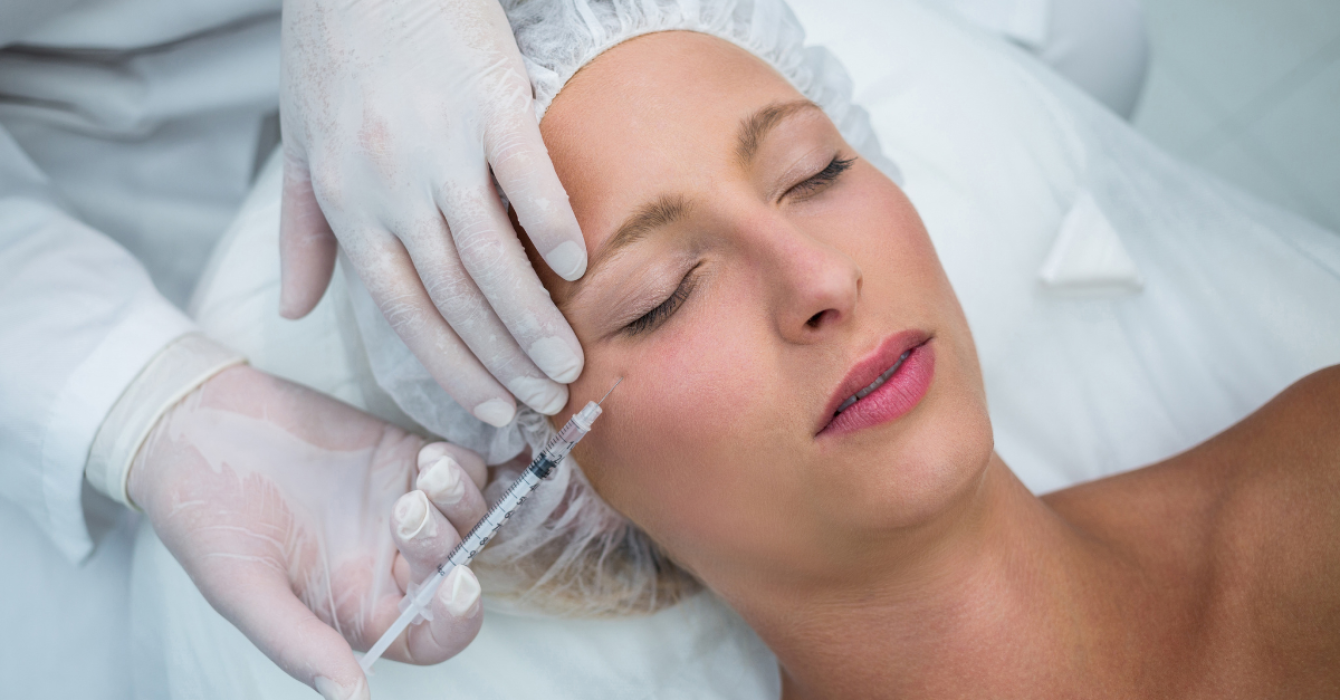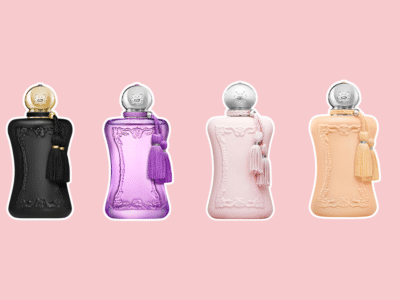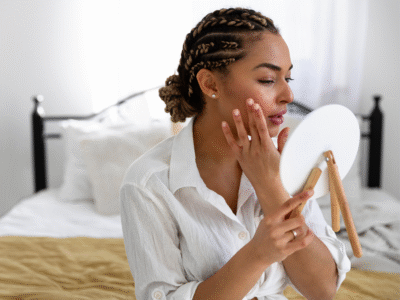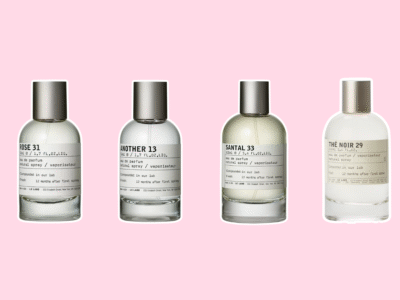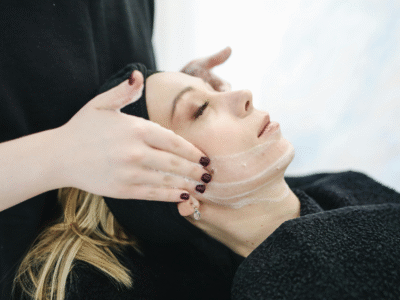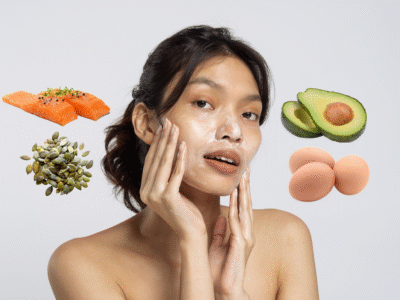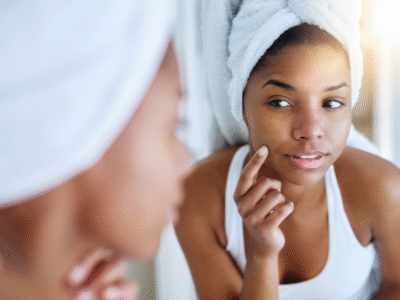As the UK continues to heat up, more women are turning to a surprising solution to keep cool: Botox. Here’s what you need to know about this fast-growing treatment — including advice from health professionals.
If you thought Botox was just for smoothing fine lines, think again. The anti-wrinkle injection is fast becoming a go-to solution for tackling a very different concern: excessive sweating.
Model and author Chrissy Teigen previously made headlines when she opened up about using Botox to treat her hyperhidrosis (excessive sweating), calling it “the best move I’ve ever made”. Since then, the trend has steadily gained traction — particularly among UK women now facing a summer of rising temperatures, stuffy commutes and sweat-soaked clothing.
According to aesthetics doctor Dr Ed Robinson, demand for Botox sweat treatments has skyrocketed by a staggering 200% year-on-year.
“People are struggling with day-to-day life,” says Dr Robinson. “From professional settings to public transport, they’re desperate for relief from constant sweating.”
Read more: Best air conditioner and fans on Amazon for summer 2025

How does Botox stop sweating?
Botox — short for botulinum toxin — works by temporarily blocking the chemical signals from nerves that trigger your sweat glands.
While commonly used in cosmetic treatments, the injections have a long history of use in medical settings for conditions like chronic migraines, muscle disorders, teeth grinding and hyperhidrosis.
Dr Robinson explains that while sweating is a completely natural function, for some people it becomes a serious issue — physically, emotionally and socially.
Popular target areas for treatment
According to Dr Robinson, the most common areas people are seeking treatment for are as follows:
- Underarms: to reduce odour, staining and self-consciousness
- Palms: to prevent sweaty handshakes and improve grip
- Feet: to combat odour and fungal infections
- Forehead/scalp: to preserve makeup and avoid clogged pores
TikToker Mary Skinner recently shared her own sweat-hack experience: Botox in her hairline.
“I have a very sweaty head,” she says in her viral video. “As you can see, the area of my hair that was treated is bone dry […] even in 29C heat.”
@mary_skinner waiting for my tour to start and just had to let you know #botoxforhair #botoxforsweating #hyperhidrosis
♬ original sound – Mary Skinner
Read more: 5 best sweat-proof SPFs for face and body, tried & tested
Are Botox sweat treatments safe?
GP Dr Nicholas Dragolea says Botox is a safe way to treat excessive sweating, but shouldn’t be the first port of call.
“Before jumping to Botox, it’s worth trying lifestyle changes like wearing breathable cotton, reducing alcohol or spicy foods — and using strong antiperspirants.
“There’s also iontophoresis, a home device that uses mild electric currents to block sweat glands, especially effective for hands and feet.”
Still, for patients with persistent issues, Botox can be a game-changer, with effects typically lasting six to nine months.
Unfortunately, while the NHS does offer Botox treatment for hyperhidrosis in some areas, funding is limited to severe underarm cases and waiting lists are longer than ever. This has led many people to seek private treatment and that’s where things get complicated.
The rise in demand for Botox has sparked concern among doctors over unregulated providers offering cheap or unsafe treatments.
“We’ve seen tragic consequences,” says Dr Robinson. “Including 28 cases of iatrogenic botulism in the north east after illegal neurotoxin injections, and even one young woman’s death following unsafe filler procedures.”
He’s now campaigning for tighter regulation and is working with MPs and the Department of Health to push for better safety standards across the aesthetics industry.
Read more: ‘I got masseter Botox’ — the truth about the risks vs results
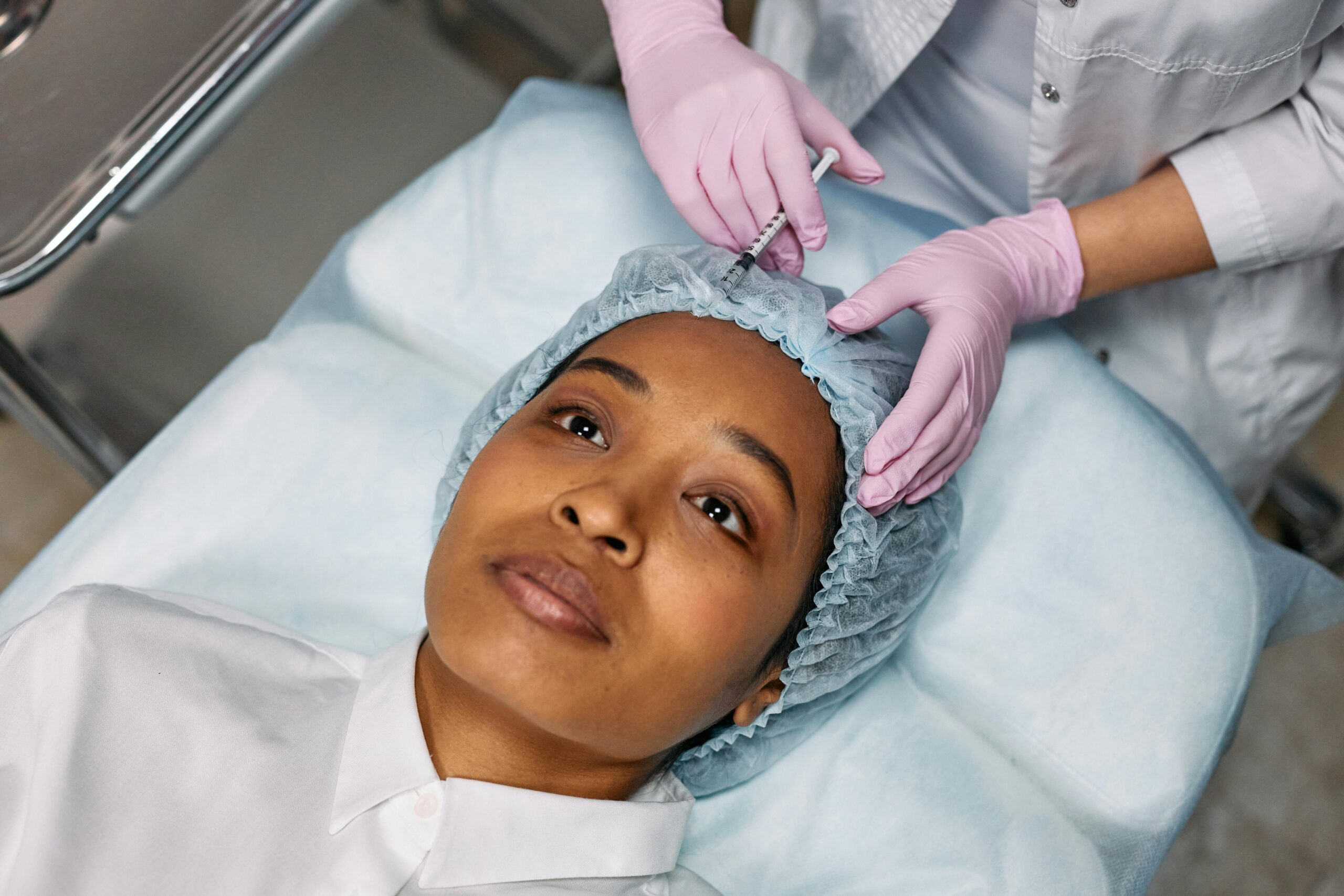
What are the side effects of getting Botox for sweat?
According to the NHS, common side effects from Botox injections for sweating include:
- Swelling and pain at the injection site
- Headaches or hot flushes
- Sweating in other areas
On the last point, Dr Dragolea says around 25% of patients may see an uptick of sweating from other areas, as the body tries to compensate.
Less common side effects may include nausea, temporary muscle weakness, joint stiffness or even bleeding.
So, should you get Botox to stop the sweat?
Whether you’re constantly towelling off during a heatwave or dreading your next handshake, Botox could be a game-changing option for managing unwanted sweat. But like any cosmetic or medical procedure, it’s not without risks.
So before booking in, speak to a GP, weigh up your options and make sure you’re choosing a medically qualified, experienced provider.
As Dr Robinson puts it: “Sweating is natural — but when it interferes with your daily life, there are safe, effective solutions available. Just make sure you’re getting them from the right hands.”
Feature image: Freepik

